“Radical Design ……”
Radical Design was similar to Anti-Design but more
theoretical, experimental and engaged in politics. It was developed in Italy in the late
1960s. When I wrote about the
Anti-Design, I mentioned that the Movement influenced a group of avant-garde
Italian designers – they opposed Good Design and “good taste”, and they wanted
to change the general idea of Modernism.
The Italian design and architectural groups included:
- Superstudio
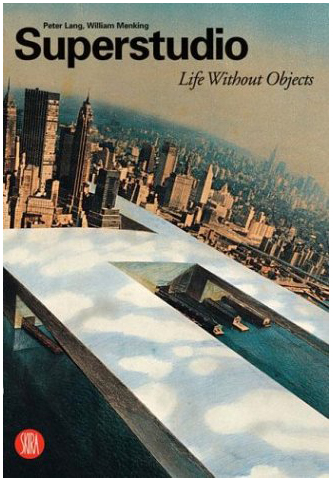
reveal in new york, (2009), Italians Do It Better: The Radical Design of Superstudio [ONLINE].
[Accessed 27 December 13]
- Archizoom

EPA, (2007), ARCHIZOOM ASSOCIATI 1966-1974 [ONLINE].
Available at: http://archizoom.epfl.ch/files/content/sites/archizoom/files/shared/ArchizoomAssociati/archizoom_affiche.jpg
[Accessed 27 December 13]
- UFO
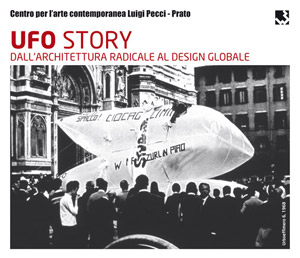
m-a-g-a-z-i-n-e.net, (2013), Centro per l'arte contemporanea Luigi Pecci [ONLINE].
Available at: http://www.ideamagazine.net/img/mosit289.jpg
[Accessed 27 December 13]
- Gruppo Strum
Disegno.daily, (2014), The fotoromanzo The Struggle for Housing by Gruppo Strum caused an outrage at the exhibition [ONLINE].
Available at: http://disegnodaily.com/media/BAhbCFsHOgZmSSI2MjAxMy8xMS8yOC8xM18yOF8zOF85NjBfR3J1cHBvX1N0cnVtX21hZ2F6aW5lLmpwZwY6BkVUW
wg6BnA6CnRodW1iSSIKNTQ5eD4GOwZUWwg6BmU6CGpwZ0kiEC1xdWFsaXR5IDgwBjsGVA/Gruppo%20Strum%20magazine.jpg
[Accessed 27 December 13]
- Gruppo 9999
9999 group , (2011), Gruppo 9999, Image for New Domestic Landscape exhibition display, 1972. [ONLINE].
[Accessed 27 December 13]
- Cavart
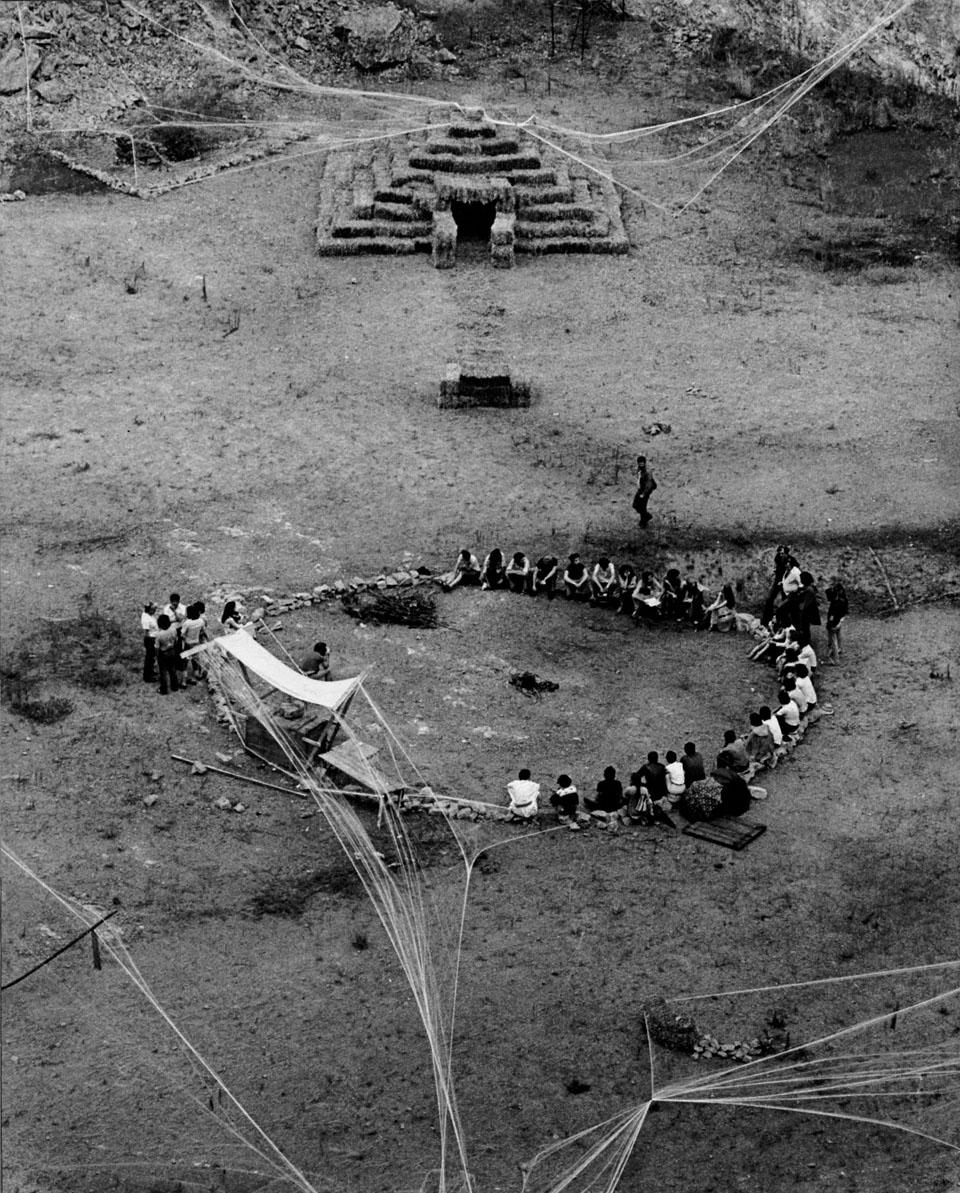
domus, (2011), Cavart (Pier Paola Bortolami, Piero Brombin, Michele De Lucchi, Boris Pastrovicchio, Valerio Tridenti), seminar on “Culturally Impossible Architecture”, Montericco Quarry, Monselice, 1975 [ONLINE]. Available at: https://www.domusweb.it/content/dam/domusweb/en/architecture/2011/03/22/radical-visions/big_332973_7172_DOM110318017_UPD1.jpg
[Accessed 27 December 13]
- Libidarch

Libidarch Architetti Associati, (2009), Libidarch Architetti Associati [ONLINE].
Available at: http://www.libidarch.it/lostudio3.jpg
[Accessed 27 December 13]
The above groups attacked the ideas of what made up
“good taste”, and their designs tried to destroy the dominance of
Modernism. They presented installations
that raised doubts about the validity of rationalism, advanced technology and
consumerism.
“Il Monumento Continuo” (meaning “Continuous
Monument”) of Superstudio and the “Wind City” of Archizoom that were presented
in 1969, were amongst the radical architectural projections that exposed the
idea of architecture as a political instrument .
Superstudio, (2013), Il Monumento Continuo, New New York - Superstudio (1969-1971) [ONLINE].
Available at: http://www.jahsonic.com/Superstudio.jpg
[Accessed 27 December 13]
At Home, At Work, At Play , (2013), Wind City, architectural project by Archizoom (1969). [ONLINE].
Available at: http://31.media.tumblr.com/a9d8302e2beb525c962ecbd6e91488e0/tumblr_mqvgmtZU9n1sqnea8o1_500.jpg
[Accessed 27 December 13]
Certain radical designs, for example the “Doric
Temple” (1972) of UFO and “Superonda” (1966) of Archizoom were often characterized by their
ability to interact with the user.

liveauctioneers, (2014), 218: UFO GROUP RARE DORIC TEMPLE INSTALLATION, CA. 1 [ONLINE].
Available at: http://p2.la-img.com/404/2262/973314_1_l.jpg
[Accessed 27 December 13]
1stdibs, (2013), Original Archizoom Superonda sofa [ONLINE].
[Accessed 27 December 13]
In 1973, members from several Radical Design groups
gathered at the offices of “Casabella” magazine where Alessandro Mendini was
director. This meeting led to the
foundation of the radical architecture/design school named “Global Tools” in
1974 – the school that I already mentioned when I wrote about Anti-Design. However, as I said earlier on, “Global Tools”
ceased to function a year later and although those involved quickly lost their
impetus, Radical Designers who used to question the long-established principles
of the aim of design, especially Andrea Branzi, Riccardo Dalisi and Lapo
Binazzi, laid the conceptual foundations from which Post-Modernism developed in
the late 1970s and early 1980s.
Other Reference:
Book: Fiell, C.F and P.F, (1999). Design of the 20th Century. 2nd ed. Germany: Taschen



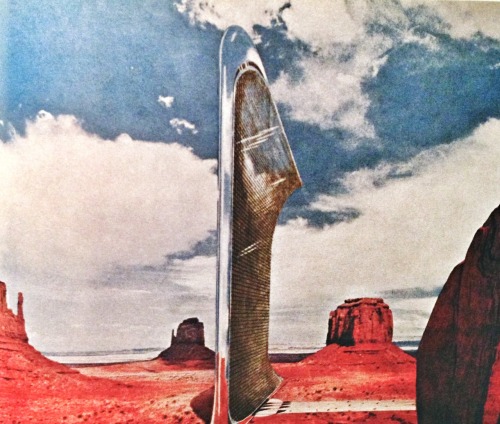
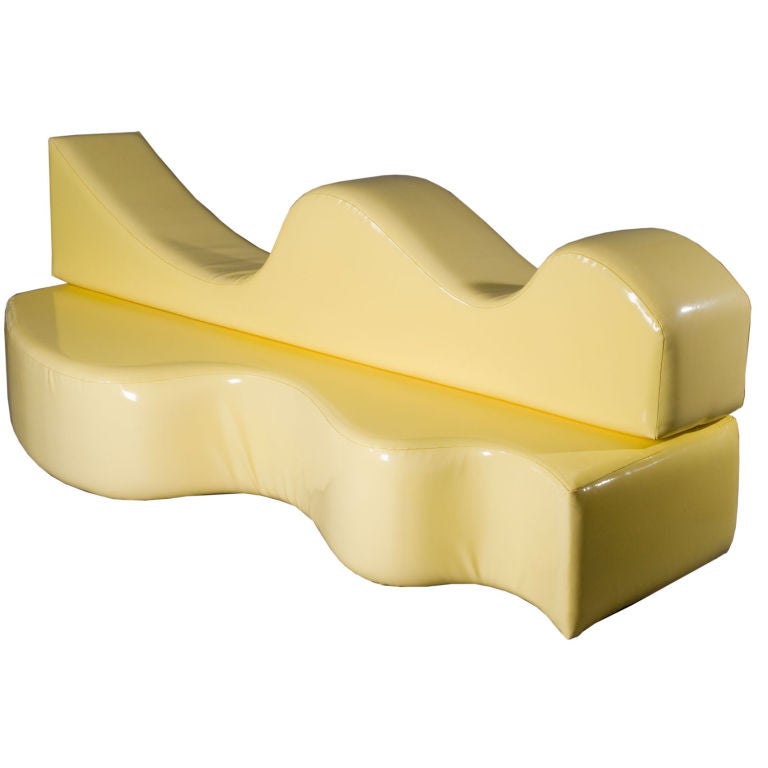
No comments:
Post a Comment